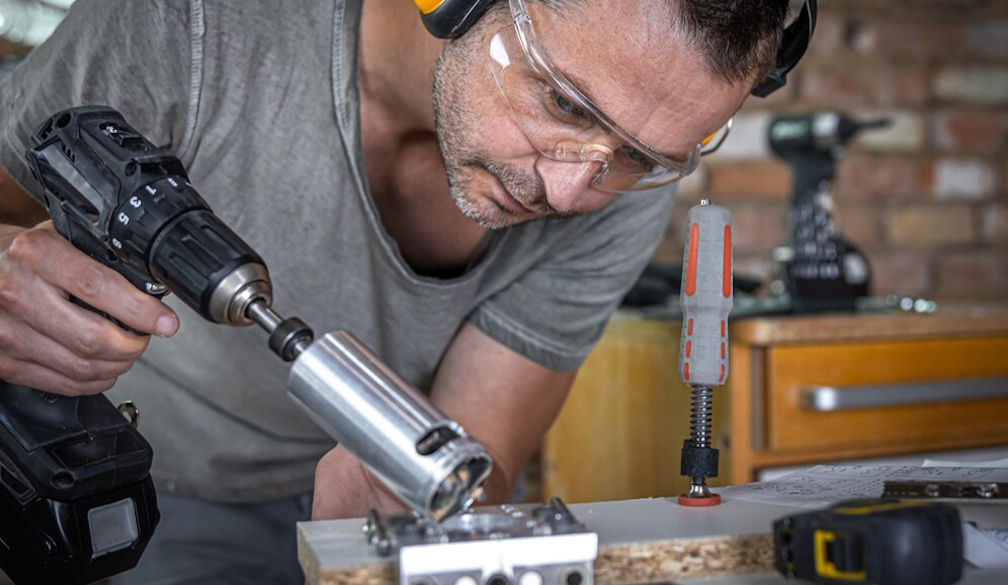What Makes a Drill Bit Ideal for Steel?
- Written by Telegraph Magazine

Selecting the right drill bits for steel is not merely a matter of preference, it's a critical decision that significantly affects the outcome of your project. Whether you're a DIY enthusiast tackling a home improvement project or a professional working on a larger scale, understanding what makes a drill bit suitable for steel is essential.
Understanding Steel as a Material
Steel, in its various forms from stainless to carbon steel, presents a unique challenge due to its hardness and durability. These properties, while beneficial for the end-use of steel products, make it difficult to work with, especially when it comes to drilling. Choosing a drill bit that can handle this material efficiently without wearing down prematurely is crucial.
Key Features of Ideal Drill Bits for Steel
1. Material: The construction of the drill bit is paramount. High-Speed Steel (HSS) and Cobalt (Co) are the materials of choice for steel projects. HSS offers a good balance of durability and cost-effectiveness for softer steel types, whereas Cobalt is preferred for its exceptional heat resistance and ability to tackle harder steels without losing its edge.
2. Tip Design and Angle: An efficient penetration into steel requires a specifically designed tip. Drill bits for steel often feature a 135-degree split point tip that minimises walking and ensures precise drilling from the start. This design also helps in reducing the effort needed to drill through tough materials.
3. Coating: Coatings such as Titanium Nitride (TiN) and Black Oxide do not just add to the drill bit's aesthetics, they play a functional role. These coatings reduce friction between the drill bit and the steel, which in turn lowers the heat generated during drilling. Less heat means less wear on the bit and longer tool life.
4. Flute Design: The flutes of a drill bit are crucial for removing chips and debris from the hole as you drill. For steel, a wide flute design helps in efficient chip evacuation, preventing clogging and overheating. This feature ensures that the drilling process remains smooth and uninterrupted.
5. Shank Type: Though often overlooked, the shank type is vital for compatibility with drilling tools and can impact the drill bit's performance. A round shank will fit most drills, but a hexagonal shank offers a better grip, reducing the chance of slippage during high-torque drilling in steel.
DIY Enthusiasts and Professionals
Australia's diverse range of steel grades and environmental conditions requires that special consideration be given when selecting drill bits for steel. The local availability of materials, coupled with specific project requirements, dictates a need for versatile and robust drilling tools. It is also important to consider the corrosion resistance of the drill bits, especially in coastal areas where salt air can accelerate wear.
Selecting the Right Drill Bit for Your Steel Project
When it comes to choosing the right drill bits for steel, assessing the hardness of the steel and the scale of the project is crucial. For Australian professionals and DIYers alike, investing in quality bits that match the task at hand will not only ensure efficiency but also prolong the lifespan of both the bits and the tools used. With the right drill bits for steel, achieving precise, clean holes in even the toughest materials becomes a straightforward task.
The choice of drill bit for steel projects should not be made lightly. Material, design, coating, flute geometry, and shank type all play significant roles in a drill bit's performance on steel. For Australians working on steel projects, considering these factors will lead to successful outcomes with minimal hassle. By prioritising these qualities, you can select drill bits that not only meet but exceed your project requirements.


